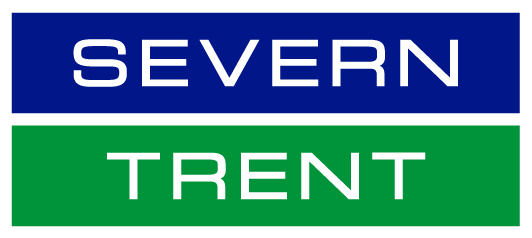Strongford
Watch our exciting showcase about how we’re building the world’s first Net Zero Hub for wastewater treatment. This hub will use cutting-edge technologies to reduce greenhouse gas emissions and create a blueprint for other companies to follow.
The video showcases the innovative technologies used at the Net Zero Hub, the lessons learned throughout the process and our future plans.
Why Severn Trent are taking a lead
A few years ago, we decided to make our Triple Carbon Pledge, that was made up of three component parts.
As part of our plans to remove and reduce the most potent greenhouse gases from our wastewater treatment processes, we have been running our Net Zero Hub at our Strongford (Staffordshire) wastewater treatment works that serves over 400,000 customers.
In our first year we have made strong progress.
We have formed a partnership with Aarhus Vand in Denmark and Melbourne Water in Australia. We're also collaborating with all the UK and Ireland water companies through the Ofwat Innovation Fund. As a founding member of the World Water Innovation Forum, we collaborate with global companies, sharing our expertise and learning from challenges to improve our practices.
We are bringing several technologies together to drive down our carbon footprint, and that is going to create a blueprint for us and the sector for the next five years. By doing this we will also gain an insight into how we're going to apply the technologies across all our patch. We have invested £40 million, supported by £10 million from the Ofwat Innovation Fund, in this single transformational net zero hub site at Strongford.
Innovation in action: case studies
An overview of past and future projects driving forward progress towards meeting customer commitments and sustainability goals.
And there's more
You can read more of our exciting case studies about projects across our region to deliver outcomes our customers care about, drive positive change, and work hand-in-hand with nature.
What we've learnt so far
Our experience building the world's first net zero wastewater treatment hub highlights the importance of measurement, strong partnerships, collaboration, and knowledge sharing.
Get in touch
If you have any questions or would like to get involved, email our Open Innovation inbox.
